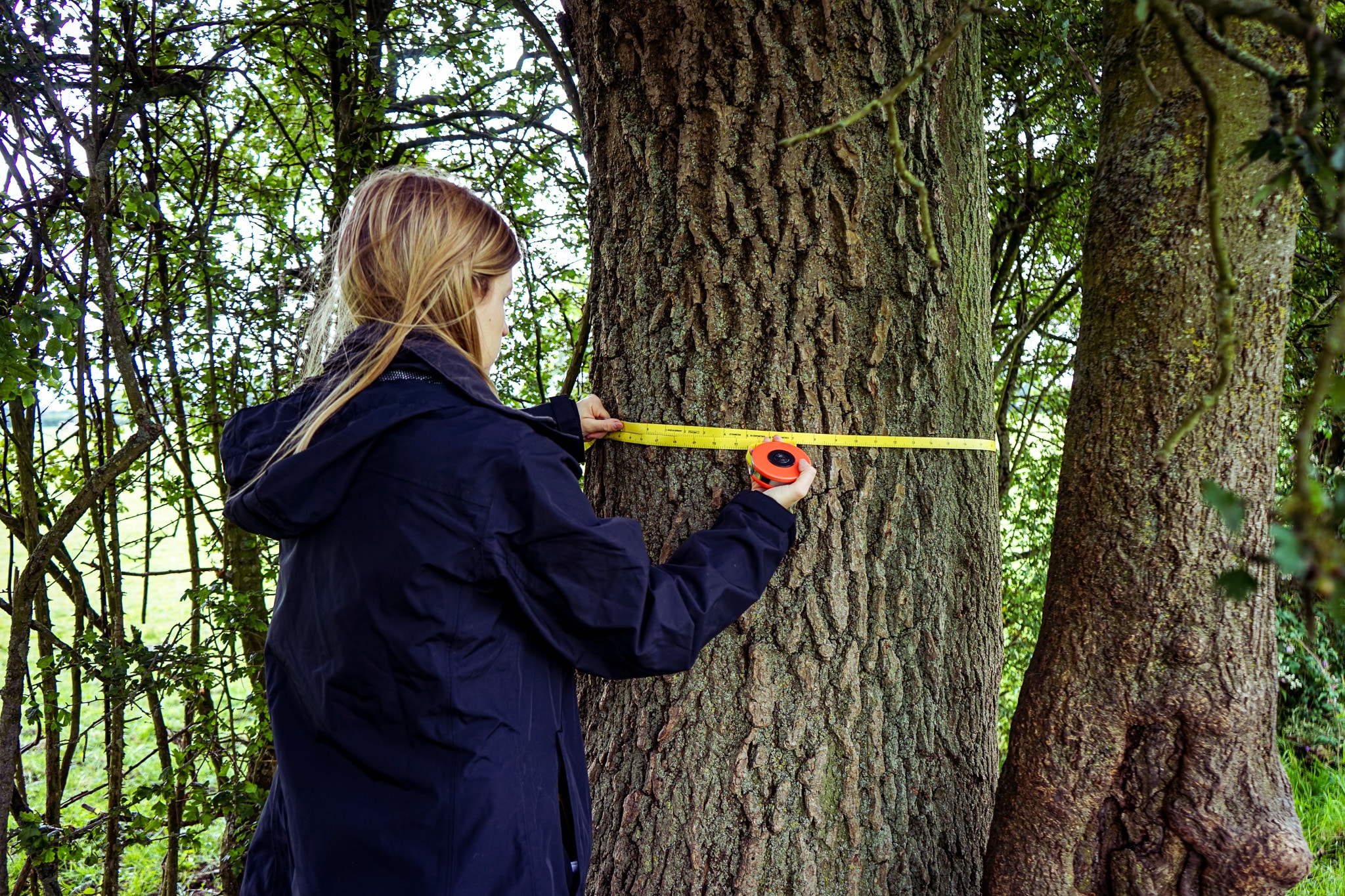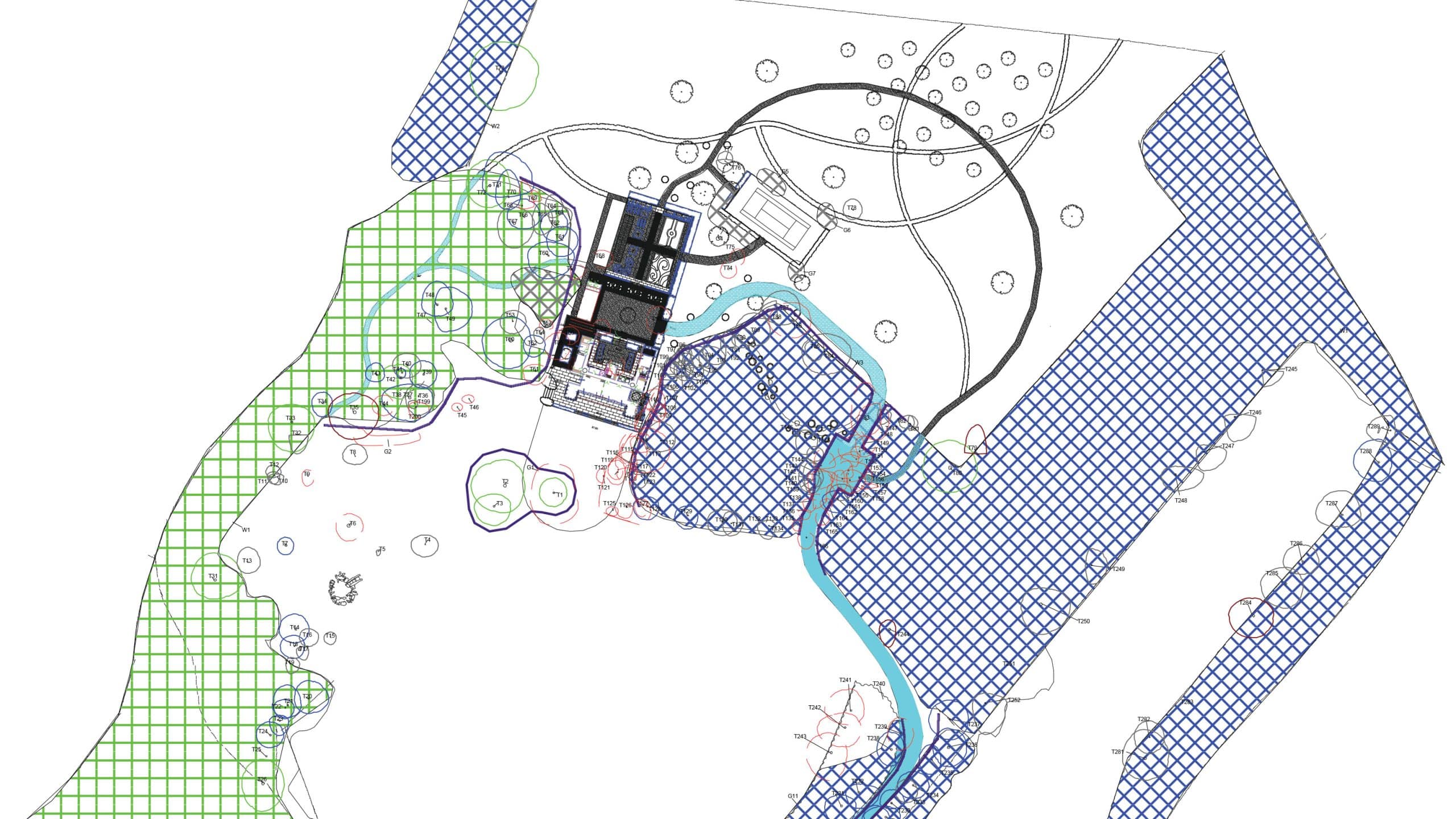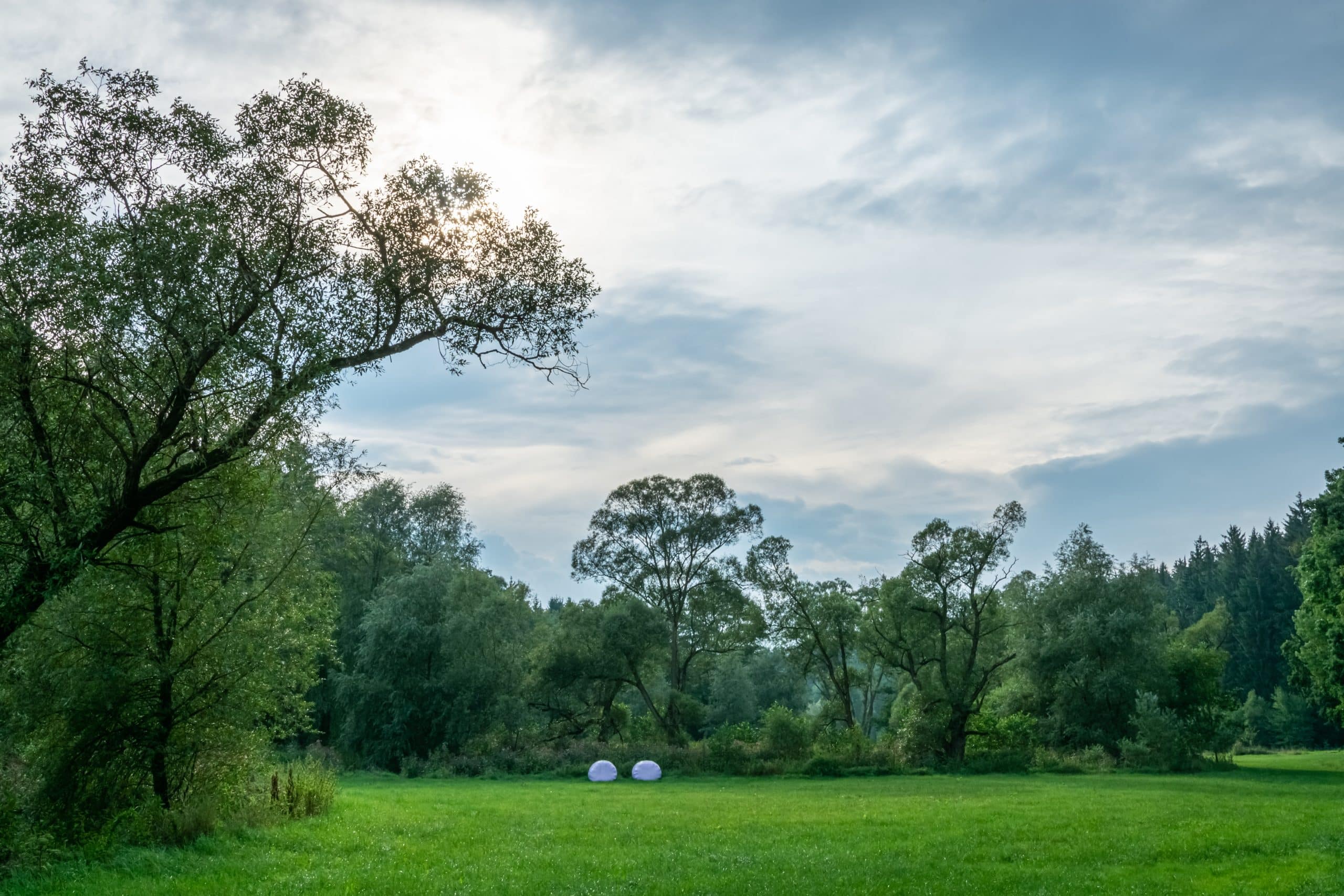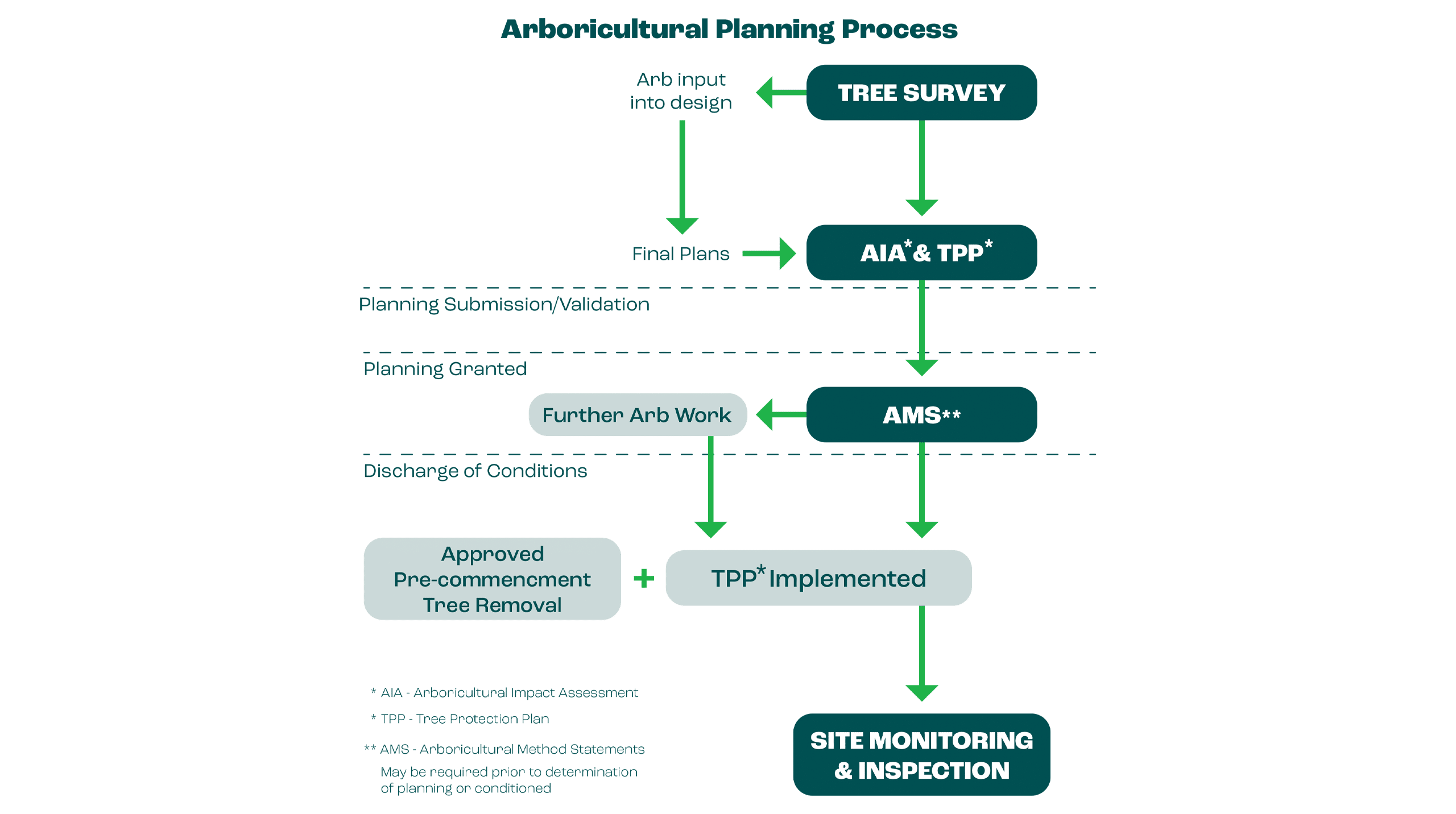From £600 + VAT
An AIA report is needed for validation of your planning application and evaluates the direct and indirect impacts of proposed development on the trees identified in the BS 5837 Survey. Our consultants work with you throughout the design process, providing concise advice and pragmatic solutions to tree-related issues wherever possible. The AIA report contains a tree protection plan, which shows how retained trees will be protected during the development.



